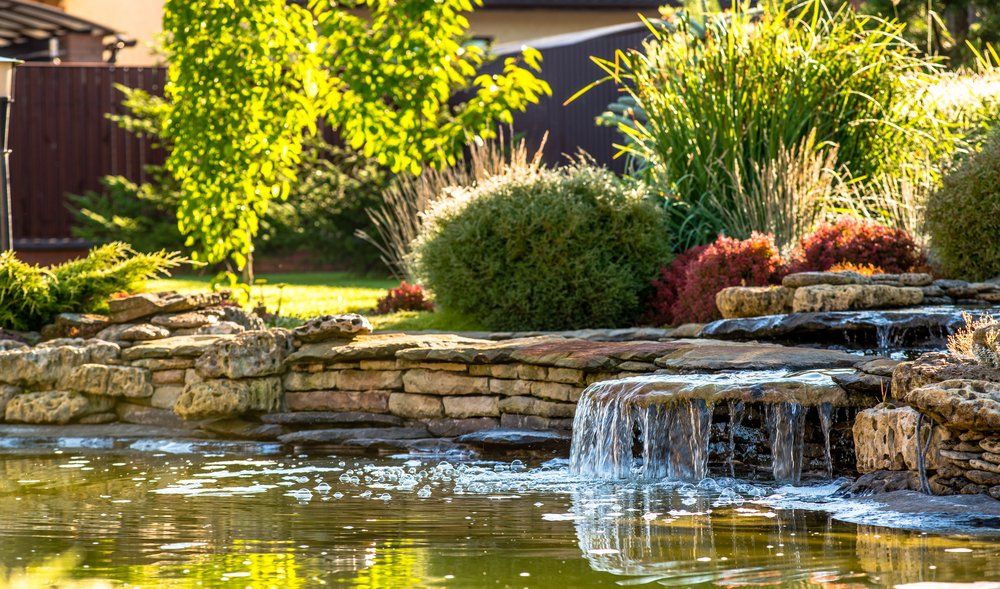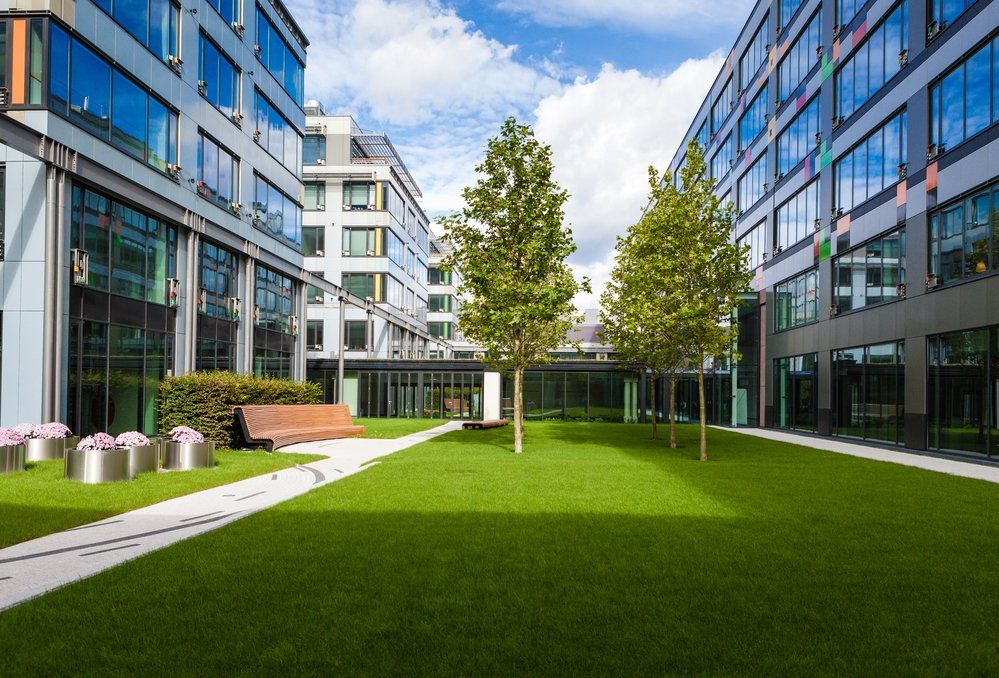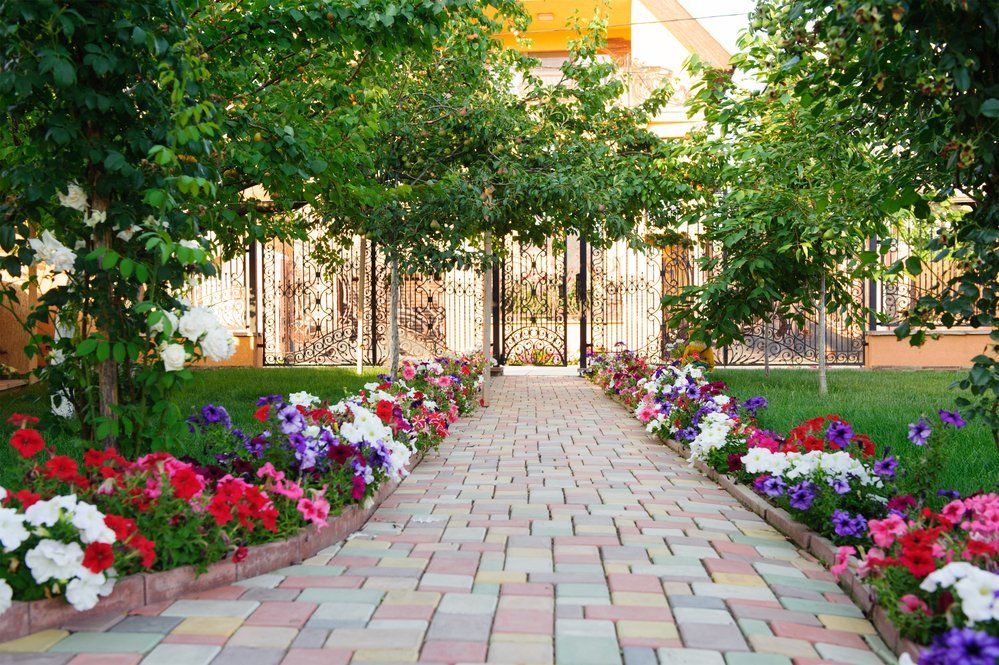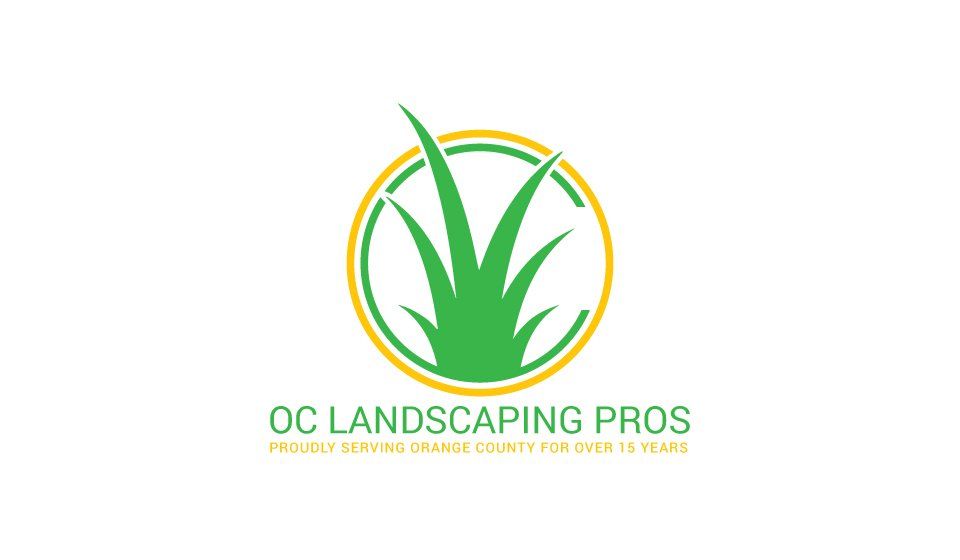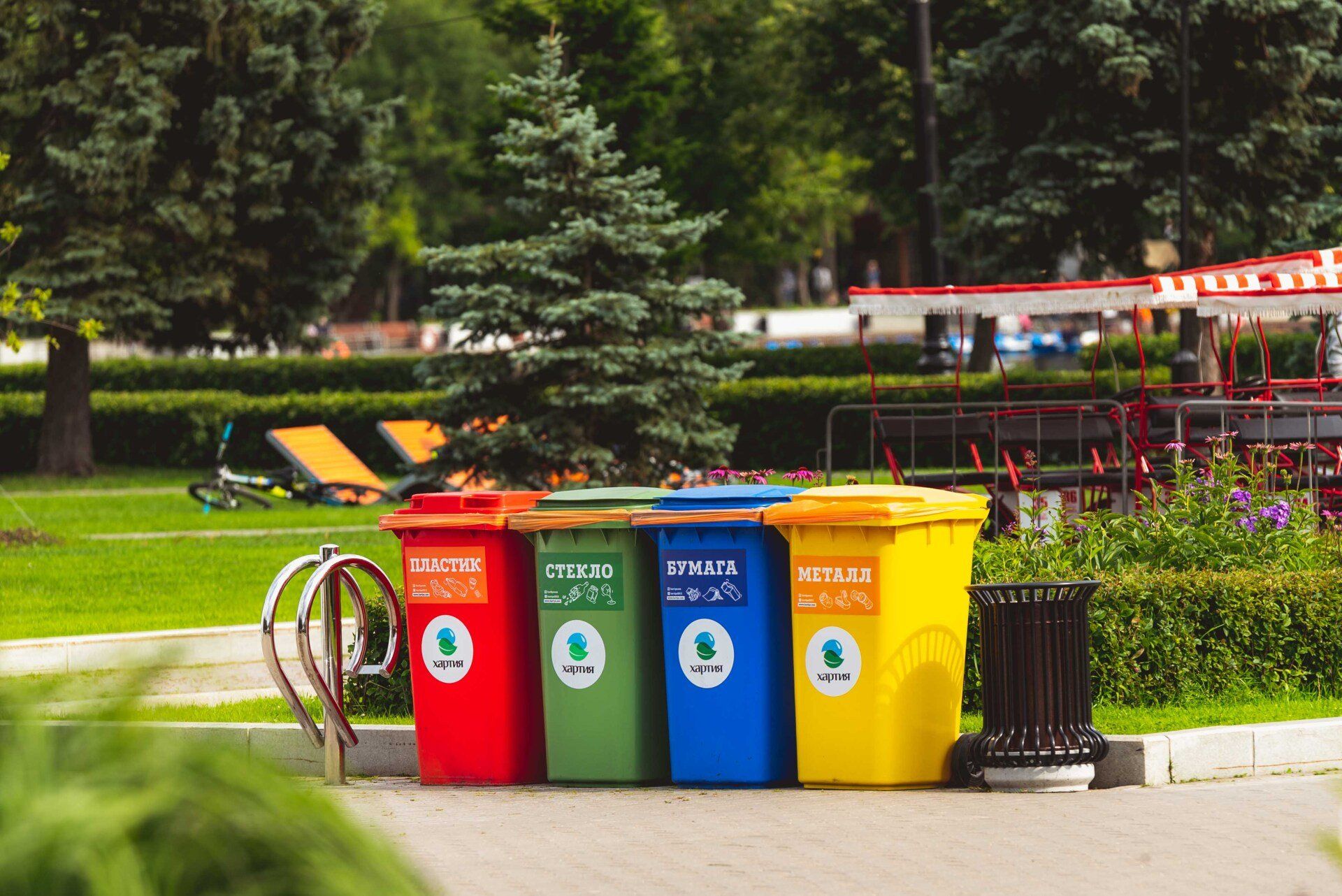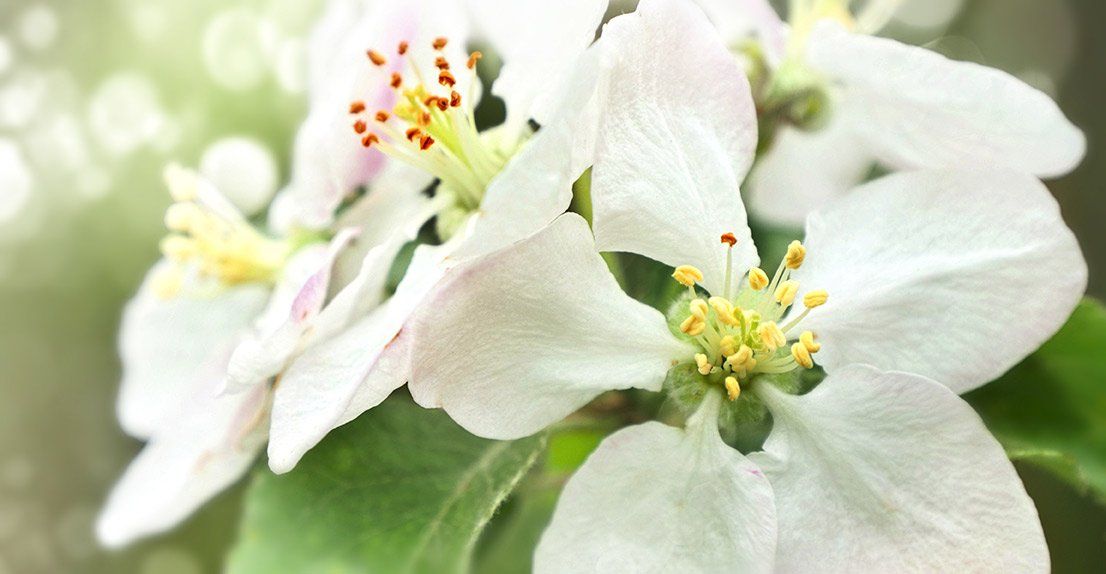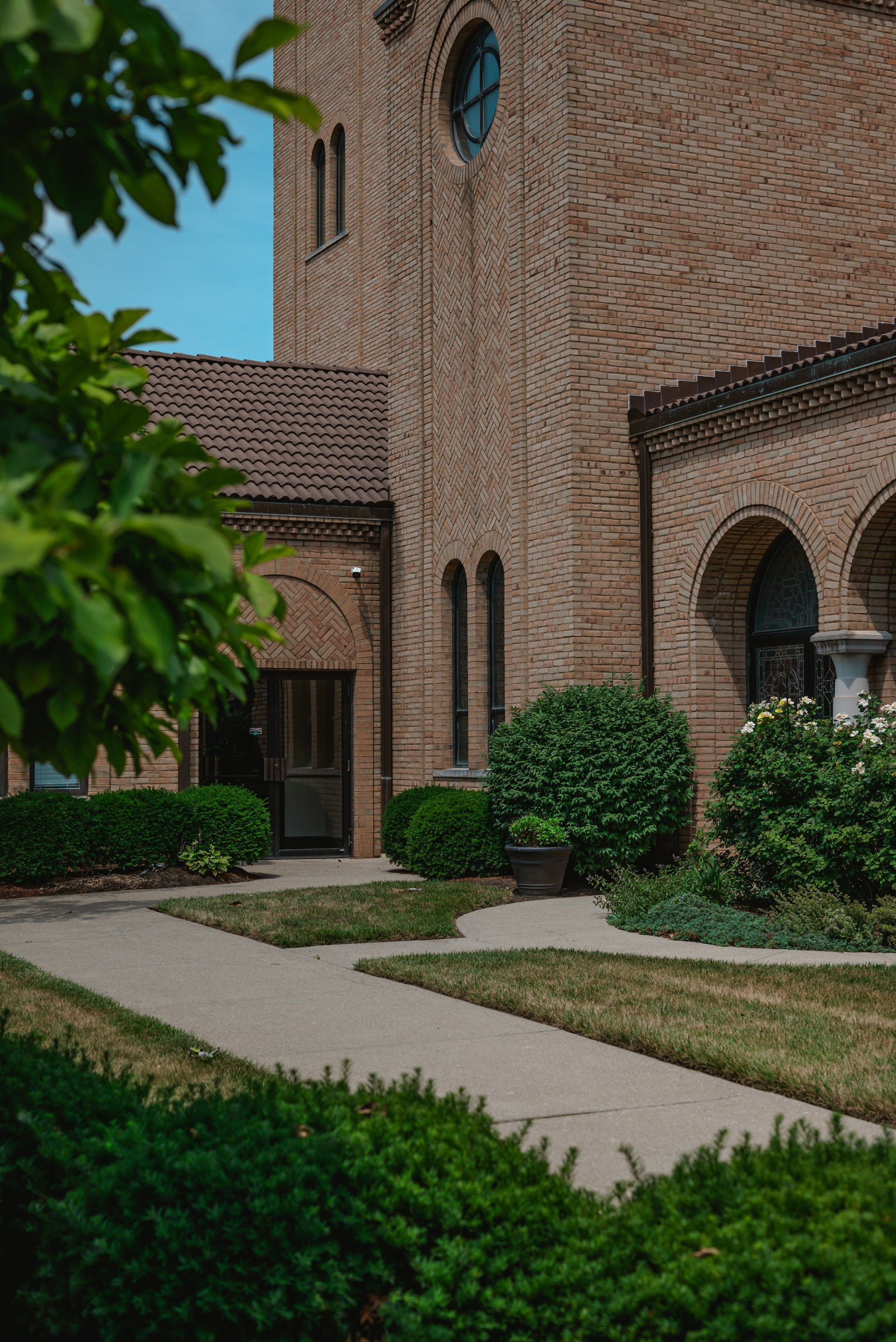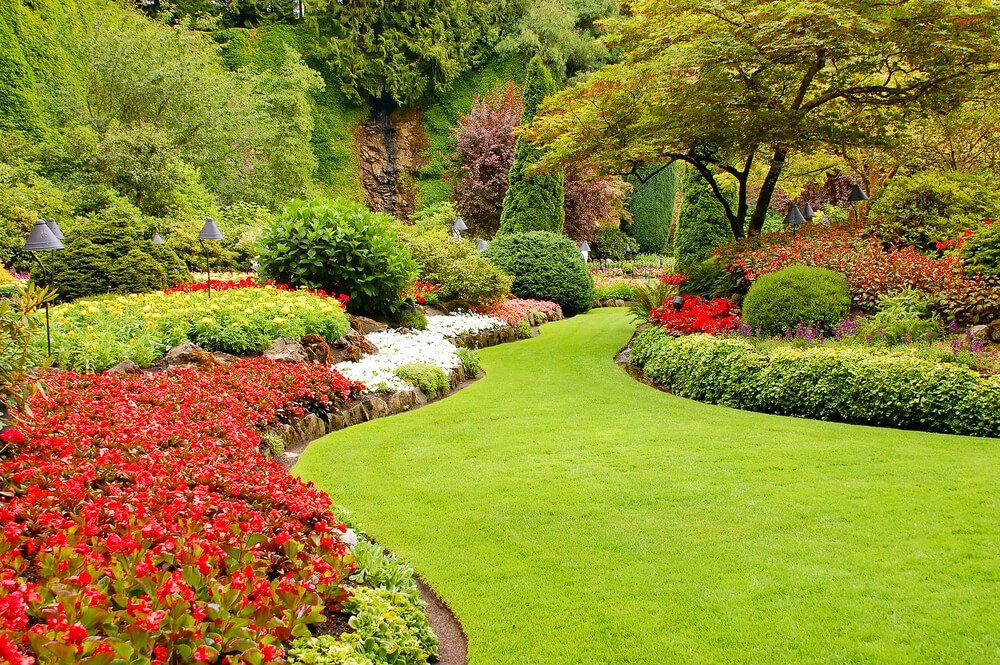How Much Does It Cost to Hardscape a Backyard?
How Much Does It Cost to Hardscape a Backyard?
What Is Hardscaping?
Hardscaping refers to building characteristics that are not a natural part of the landscape. Examples of hardscape elements include walls, patios, guardrails, fences, driveways, and outdoor stonework.
Hardscaping is a great way to help create an updated or modernized landscaping design without needing drastic work such as removal of plants and trees etc. The number of hardscapes you have will ultimately depend on your desired aesthetic vision for your yard: If you want aesthetically pleasing but less expensive changes then pick low-cost options such as installing concrete pavers or adding garden stones. If you're willing to invest more money. then things like adorning window ledges with entry steps could look beautiful in your backyard.
The cost of hardscaping can vary depending on what type of material you use and how much work needs to be done.
There are many factors that influence the cost of installing hardscaping, such as the type of material being used, the size and shape of your structure, type of installation required, foundation preparation required for every individual piece, or custom installation, which is directional placement needed? And if underground utilities must be moved (cable or pipe), what conditions apply? All these factors affect how much it will cost.
Untreated natural stone-like river rock or stone may require a sealant to protect against water damage during winter months. Wood materials often require sealing to protect against structural damage from moisture build-up and kill any plant life on the surface from invading roots.
Hardscapes are generally designed to last more than one lifetime. The installation of a beautiful hardscape will increase the property value and enhance your enjoyment of said property.
If you hire a professional contractor for this project it will likely cost between $10-$20 per square foot.
The range of prices for hiring a professional contractor to install hardscaping is wide and depends on the size, complexity, and design of your project.
Some contractors will give you two prices - one for the type of material (stone, brick, etc.) that you are considering using or have selected and another price for the material installation itself. Other contractors may not charge separately for different types of materials, but instead, provide a single estimate of overall materials. Nevertheless, it is best to discuss any particular project with different contractors beforehand in order to get an accurate sense as to what it will really cost. On average land, surveyors charge about $50 per hour while site supervisors can charge anywhere from $75-$150 per hour or more depending on the job.
A DIY job might only set you back about $5-$10 per square foot if you're doing most of the work yourself with some help from friends or family members.
For a simple DIY, this can cost as little as $5-$10/square foot.
The hardscape installation doesn't need to be perfect but it should come with enough of an aesthetic appeal to make you and other people happy. This is something that doesn't have to break the bank but still offers a lot in return. The price will vary from person to person depending on how much they want to be done, what kind of materials they use for installing the hardscaping, and whether they hire people or not.
You should expect higher costs if your yard has many slopes or hills that require extra time and labor to complete.
You should expect higher costs on hardscaping if you have many slopes or hills to cover. There are also added costs associated with going down a hill and then coming back up again, so any single long ascent without a break can be very expensive. Not only will the labor increase because it's more difficult, but the materials used will affect the cost as well; for example, asphalt driveways are much cheaper than pavers which are made of natural stone that can hold up better against moisture.
Account for additional expenses like mulch, irrigation systems, lighting fixtures, outdoor furniture, and decor.
The best way to account for additional expenses is by creating a spreadsheet that tracks the costs of the purchase, installation, and subsequent maintenance. Outdoor lighting can be an especially costly add-on so you want to make sure your budget includes the expense of bulbs, power transformers or voltage regulators, and outdoor outlets (portable generators for lights are an option too). Irrigation systems will also require electricity or water pressure so keep those in mind. And don't forget mulch! Mulch can come in a variety of forms including wood chips, bark mulch (older growth), and pine straw. The price of mulch surprises most people. Many think that mulch is a very inexpensive addition to your landscaping, but the costs can add up quickly.
Before you start, research and sketch out what types of plants or flowers would work best for your region to ensure they thrive in the conditions you're creating. And don't forget about trees! Trees will not only provide shade but also attract wildlife which is often a forgotten part of any landscape design. Also, make sure that anything you plant works well with your hardscaping and other landscaping additions.
Always consider drainage and water usage when designing your hardscaping.
Always consider drainage and water usage when designing hardscaping because a poorly planned design can result in water damage and damp foundations. The costs for repair can be higher than you imagine - so don't let this happen to your home! Hardscaping can also save you lot’s of money when it comes to irrigation.
Drainage is something all homeowners should think of when it comes to redesigning their homes. Don't forget about the foundation or low points on your property that is prone to collecting excess water. If not addressed, this could lead to expensive structural repairs down the line. Planning out good drainage where needed will help you avoid these costly problems later on.
Useful information like this shouldn't be left upon commenters without providing helpful hardscape tips for planning out a quality space from the beginning!
Conclusion:
Hardscaping can be an excellent addition to any home’s landscaping. It may seem like a large investment at first, but it will save you money in the long run and allow your yard to grow and change with time while still maintaining its original design. However, there are many complex elements that impact the price of hardscape construction; from terrain considerations, slope angles, drainage requirements/issues as well as plant selection. If you want all these factors considered when designing or constructing your new landscape then give OC Landscaping Pros a call today! We have been creating beautiful outdoor spaces for over 20 years and we would love to help make your one-of-a-kind too!
